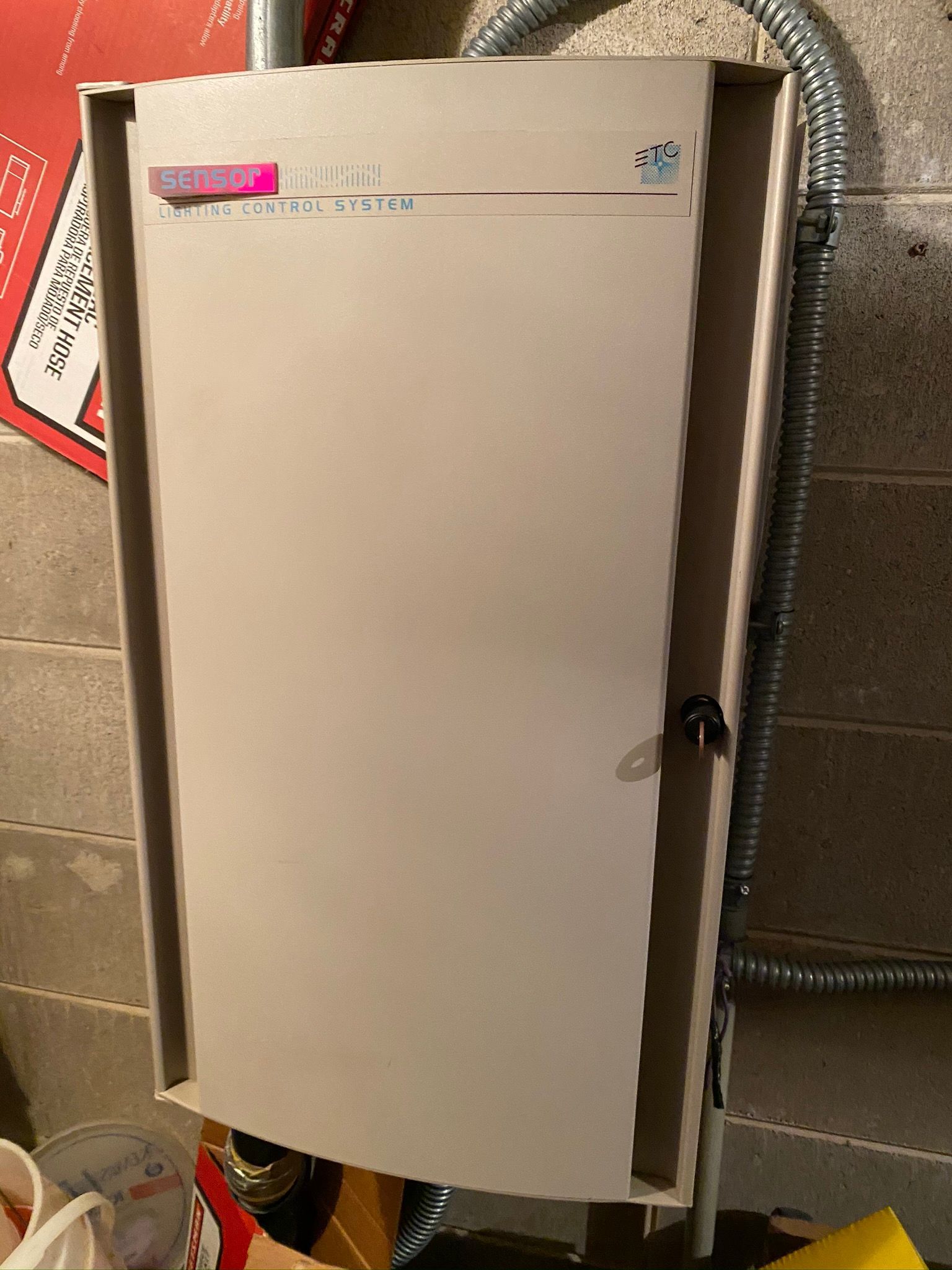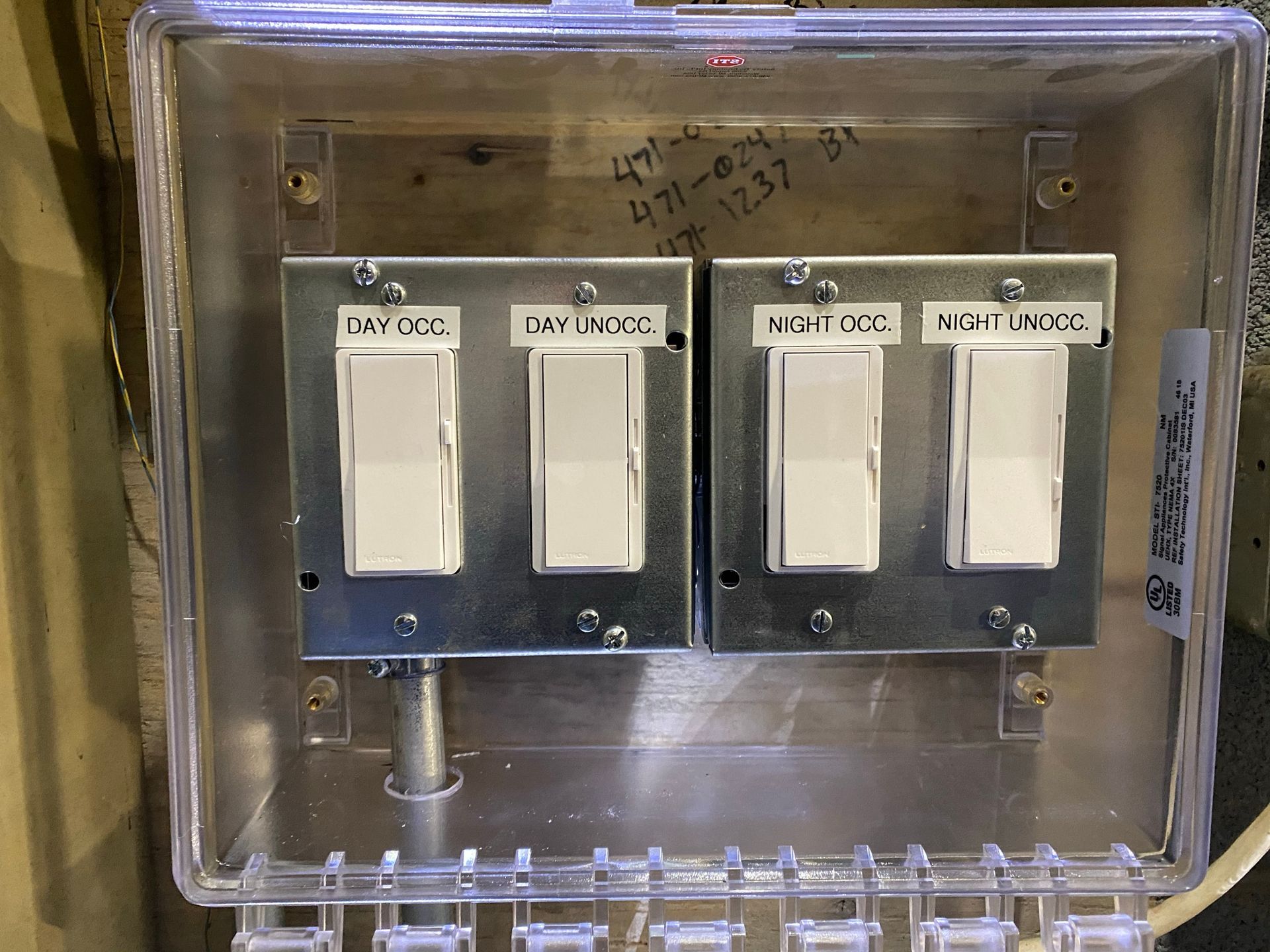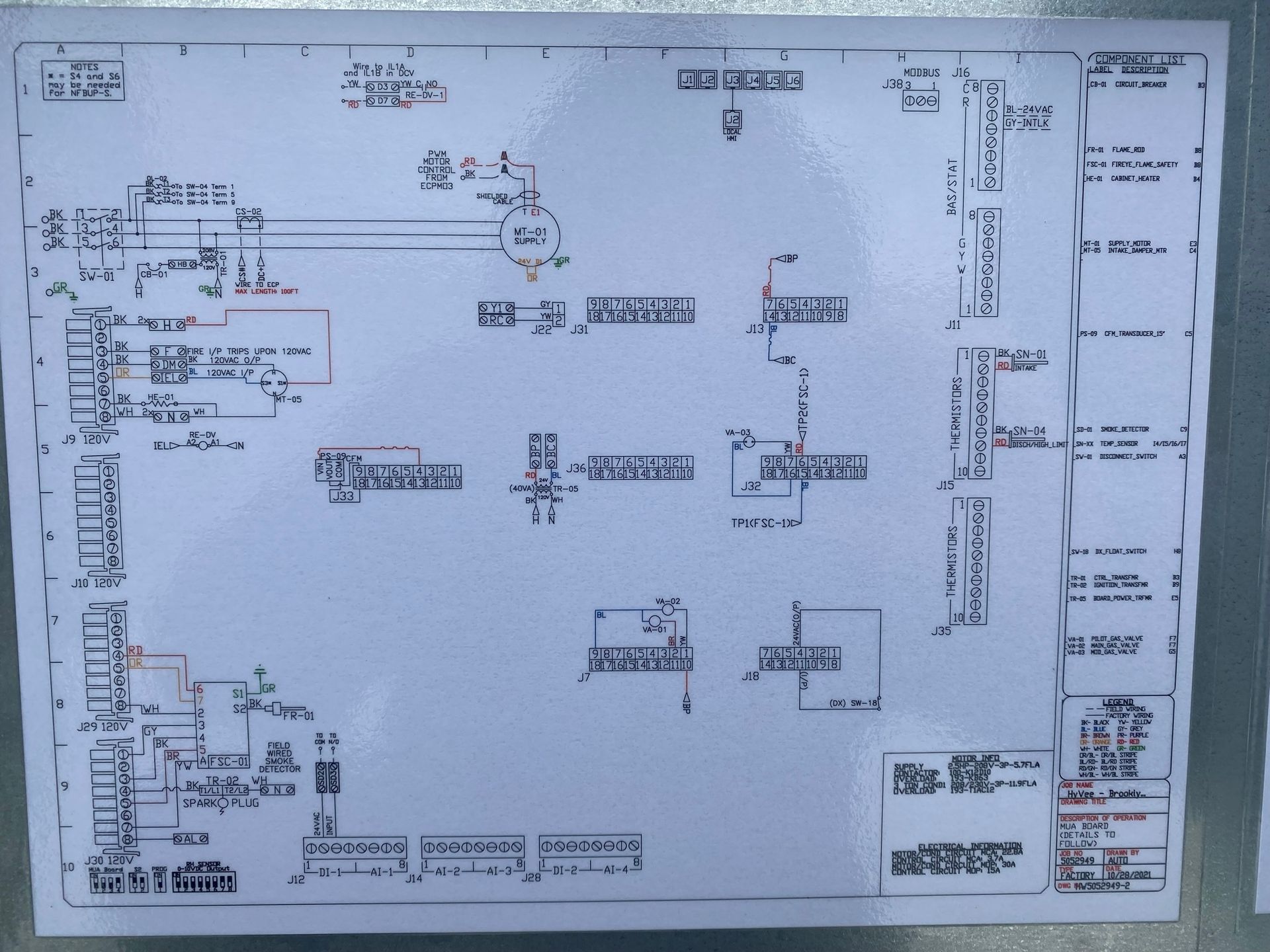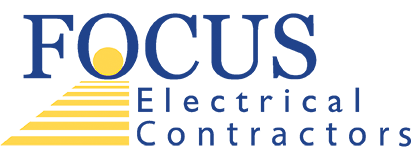Lighting Controls & Equipment
Lighting control is the ability to regulate the level and quality of light in a given space for specific tasks or situations. Controlling light properly not only enhances the space, it helps to save energy by using light when and where it is needed most. Whether you’re lighting up a whole floor of cubicles or a single office, there are qualities and characteristics for lighting that your workspace needs to help make everyone in your company more productive. Work spaces that are too dim or have poor lighting affects how people work and can produce headaches, eyestrains and may even cause people to feel drowsy. In short, it’s important to pay attention to your work area lighting.
Dimming
This means that whether it’s the middle of the day or it’s nighttime, your fixtures are putting out the exact same amount of light.
Daylight Harvesting
In addition to managing electric light, regulating the amount of daylight that enters a space is an important aspect of light control. By using shades in conjunction with dimmers, Lutron systems can create the perfect balance between the two sources of light to save energy and create an inviting environment.
 Button
Button Button
Button Button
Button Button
Button
Sensors
Daylight sensors can automatically adjust overhead lights to maintain the right light balance throughout the day, while occupancy sensors can ensure that lights are never left on when a room is not in use.
Controls in lighting and equipment can reduce energy consumption and decrease maintenance. This is done in lighting by using motion controls, schedule controls, dimming and daylight harvesting, and in motors by using variable speed controls.
- Motion controls and dimming technologies are added in areas where lights can be shut off when no one is in the area. However, this strategy may cause a facility to look dark. Knowing where to apply these strategies successfully involves paying close attention to the space and what light levels are needed.
- Daylight harvesting can be implemented in areas where the windows and skylights contribute substantially to the overall light levels. In order for implantation of daylight harvesting to be successful, the area must be closely examined and the strategy executed correctly.
- Automated or schedule controls can be a successful way to save energy and reduce run times for lights. These can be as simple as a time clock or as complex as a whole building-automated energy control system. These systems can vary in size and scope. When these types of systems are used with the proper implementation and correct associated products the savings can be remarkable.
- Variable speed controllers for motors and demand controllers are a good solution to reduce energy in commercial and industrial buildings.
When these lighting controls are coupled with new technologies in lighting, the resulting energy savings can be increased by double over just having new energy saving lights installed.
We're Here To Help!
We will get back to you as soon as possible.
Please try again later.
Contact Information
Phone: (952) 474-9142
Email: info@focuscos.com
Fax: 952-474-4589
Location: 14220 23rd. AVe N Plymouth MN 55447
Business Hours: Mon - Fri: 7AM - 5PM
Licensed, Bonded & Insured EA004807 Licensed Master Electricians
All Rights Reserved | Focus Electrical Contractors



